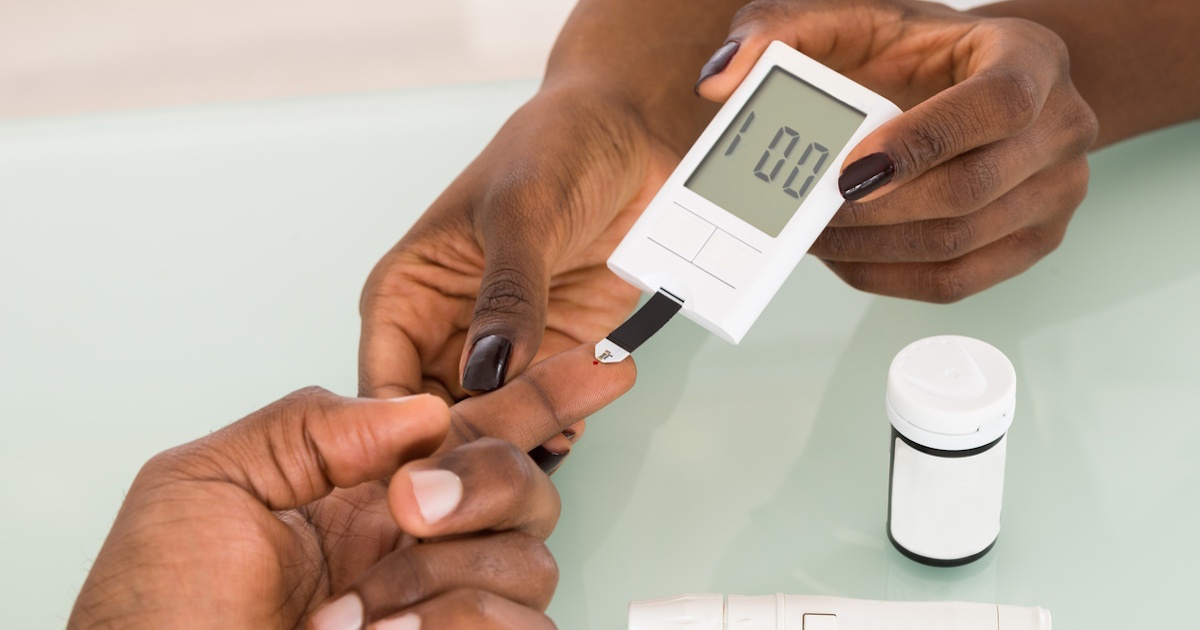Diagnosis, Prevention, And Treatment For Diabetic Ketoacidosis
Insulin Therapy

Insulin therapy is used on a daily basis by many diabetes patients. Insulin is a hormone that regulates blood glucose. In type 2 diabetes, the pancreas is still capable of producing insulin, but it does not produce enough of it. Thus, patients with diabetes must often use insulin injections to achieve adequate levels. Patients with diabetic ketoacidosis typically have very high blood glucose levels, often above three hundred mg/dL. Insulin is key to reversing the process that leads to this dangerous condition. It is generally given in the hospital to allow for appropriate blood glucose and cardiac monitoring. Patients are given insulin intravenously until their glucose levels fall to below two hundred mg/dL and ketones are no longer present in their blood. Once blood glucose is back within the normal range for diabetes patients, they may be allowed to go home. They will be given instructions about when and how to resume their normal insulin injections at home. Patients should always take their required doses of insulin on the schedule set by their doctors to prevent diabetic ketoacidosis.
Understand how to properly prevent and treat diabetic ketoacidosis now.
Consistently Test Blood Sugar

Patients with diabetes need to consistently test blood sugar levels throughout their lives. Regular testing can help manage medication doses and allow patients to plan their meals more easily. This regular monitoring can alert patients to when their numbers are dangerously high or low, enabling them to receive medical attention urgently and before serious complications develop. Blood sugar levels are routinely tested at home with a blood glucose meter, test strips, and a lancet device. Patients draw a drop of blood from their finger or forearm and place it on a testing strip. After inserting the strip into the meter, a glucose reading will be displayed. Depending on the type and severity of a patient's diabetes, doctors may recommend testing as often as ten times per day. Patients with more minor forms of the condition may be able to test two or three times a day, and others who do not require insulin may be able to check their glucose readings once every two or three days. Patients who have trouble testing regularly can sometimes use a special monitor placed under the skin of the upper arm by a nurse. This device continuously monitors glucose and is typically left in place for up to a week. Doctors routinely use it for diagnostic purposes and when they are considering making medication changes for patients.
Reveal the next method of treating and preventing diabetic ketoacidosis now.
